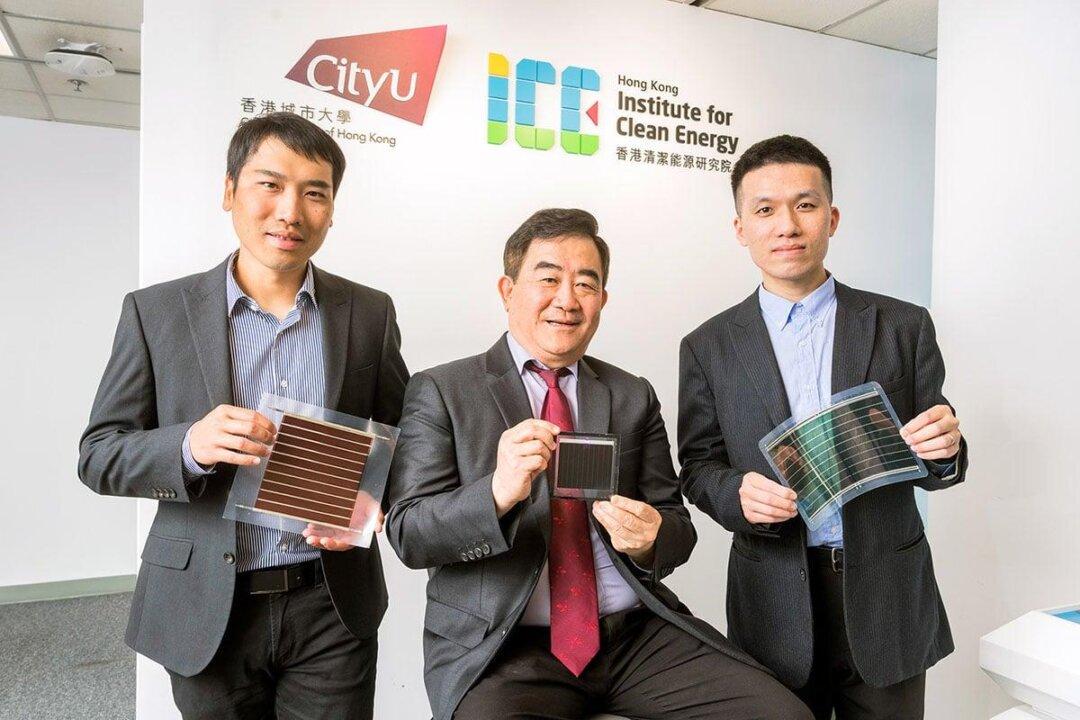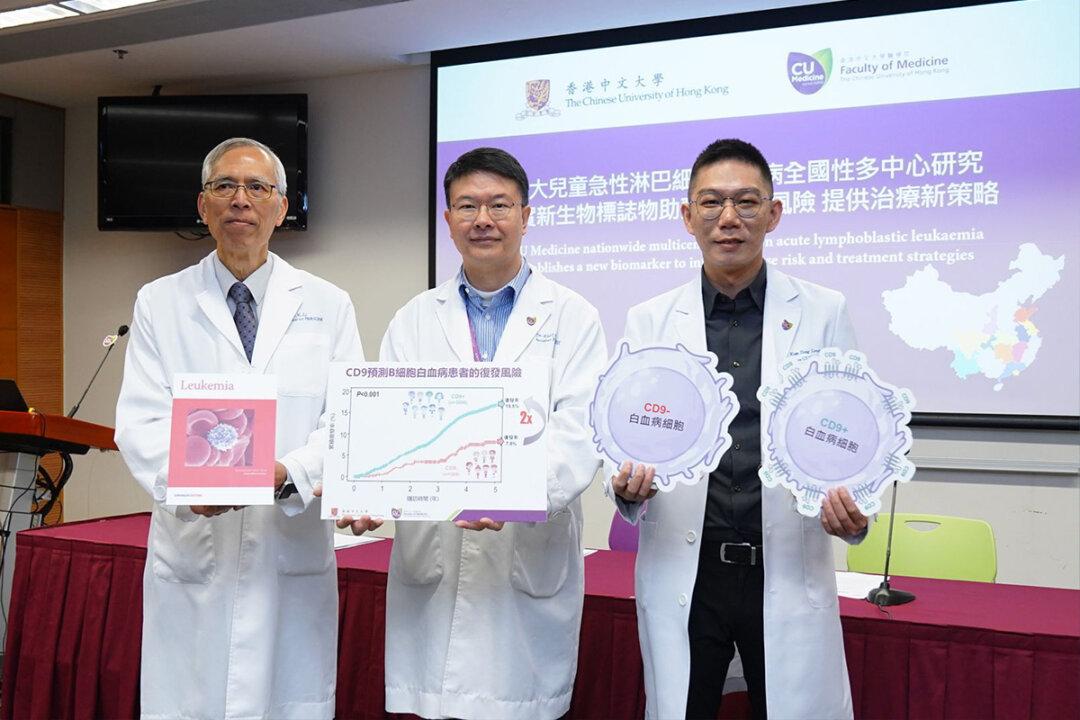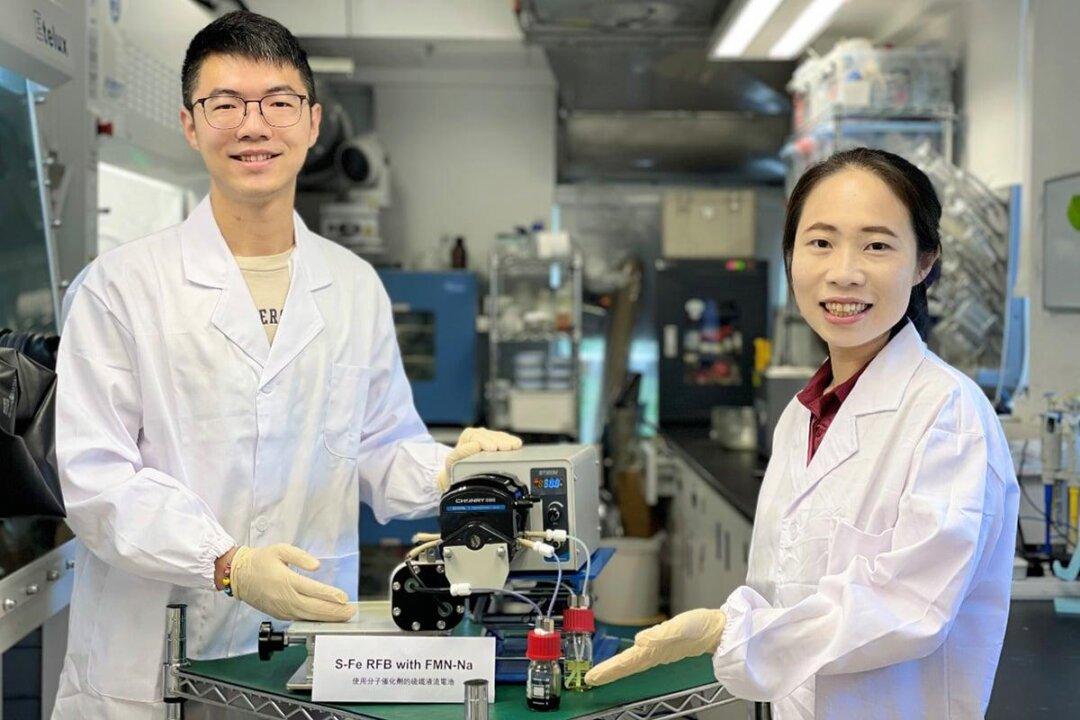Colorful balloons at festive parties can bring a lively atmosphere, but behind the joy lies hidden dangers. On June 15, the Hong Kong Consumer Council announced that it had tested 35 samples from 19 latex balloon products. It found that more than 90 percent, or 32 samples, contained different types of suspected carcinogenic substances called “nitrosamines.”
Thirteen samples exceeded the total migration limit of nitrosamines set by European standards, with one Chinese package “对了DUILE” yellow balloon sample exceeding the limit by up to 6.8 times.
- Use an air pump to inflate balloons; avoid blowing them directly with their mouth
- Wash hands before handling food after touching the balloons
- Prevent young children from biting or chewing on balloons to reduce the chance of exposure to harmful substances.

Products Tested

The Consumer Council referred to European toy safety standard EN71-12:2016 (ETSS). It used artificial saliva test solutions to extract nitrosamines and nitrites that may be dissolved out of the samples through saliva as a simulation. Then it tested the content of 13 nitrosamine compounds in the test solution to evaluate the degree to which each balloon sample released related substances. The test results showed that nearly 70 percent of models did not meet relevant ETSS and needed improvement urgently.
According to ETSS, the total migration limit of nitrosamines in elastic materials used in balloon products should not exceed 0.05mg/kg. The European Union Toy Safety Directive also stipulates that for any toy (including balloons) intended for oral use, the upper limit for total migration of nitrosamines is also set at 0.05mg/kg.
The test results showed that only samples from “Everts” (1), “Miracle Atelier” (2), and “amscan” gold balloons (3) did not have the 13 nitrosamine compounds and performed ideally. The other 32 samples have nitrosamine compounds like NDELA, NDMA, NDBA, NDBzA, NMPhA, or NEPhA detected.
Latex Balloons May Release Nitrosamines
Latex balloons are commonly made from latex natural rubber. They may contain nitrosamines and nitrosatable substances if certain accelerators, such as carbamates and thiurams, are used in production.All Samples Tested Positive for Nitrosatable Substances
The Consumer Council found that all samples tested positive for another suspected carcinogen, “nitrosatable substances,” with over half of the samples exceeding European standards and limits set by the EU.Nitrosatable substances released from balloon samples can be converted into nitrosamines in the human body, posing a similar risk. Therefore, hydrochloric acid was added to the test solution of extracted balloon samples to simulate gastric digestion and convert nitrosatable substances into nitrosamines before testing for 13 nitrosamine compounds. According to ETSS, the total migration limit of nitrosatable substances in elastic materials used in balloon products should not exceed 1mg/kg. The EU Directive also sets a limit of 1mg/kg for the total migration of nitrosatable substances in toys intended for oral use.
Results showed that all samples tested positive for varying concentrations of nitrosatable substances.
Nitrosamine Compounds and Nitrosatable Substances
Nitrosamine compounds (collectively known as nitrosamines) have a chemical structure containing a nitroso group (N-nitroso) with over 300 known types. Although some have lower carcinogenic risks (such as NDPhA), some are suspected carcinogens with higher risks.If balloons release excessive amounts of nitrosamines, children inflating balloons with their mouths or handling them with their hands will increase the chance of ingesting these substances.
At the same time, nitrosatable substances are precursors to nitrosamines, which can be converted into nitrosamines in the human body after oral ingestion. Therefore, nitrosamines and nitrosatable substances released from balloon samples are important safety indicators.
Animal studies have shown that ingesting these substances orally may affect essential organs such as the liver, kidneys, bladder, esophagus, and respiratory tract.
Nitrosamine compounds such as NDMA, NDBA, and NDEA can cause tumors in almost all test animals, leading researchers to believe these compounds may pose a carcinogenic risk to humans.
NDELA Can be Absorbed Through the Skin
Of the 35 samples tested, 24 released NDELA, with “Balloons” purple balloons (8), “Qualatex” Superagate (15), and “对了DUILE” (19) having relatively higher migration levels, reaching 0.05mg/kg or more. The migration levels of a single type of nitrosamine compound reached or exceeded the total migration limit for related items. Many overseas studies have indicated that balloon products may release NDELA, but there is not enough data to show which accelerators are involved. Based on current knowledge, it is estimated that NDELA detected in balloons may come from anti-tack solutions used on balloon surfaces.The International Agency for Research on Cancer (IARC) classifies NDELA as a possible human carcinogen (Group 2B). This substance can be easily absorbed through the skin and inhaled through skin contact and breathing. Animal studies have shown that ingestion by mouth may cause liver tumors in rats and may also cause nasal gland cancer (adenocarcinomas) in animals.
BANDAI and Disney Distributors Claim Products Meet US Standards
According to the distributor of BANDAI (7), the supplier had commissioned a third-party laboratory to conduct tests on toy safety standards such as the U.S. ASTMF963-17 and Taiwan CNS4797 for physical properties, flammability, total lead content, specific chemical element migration levels, and plasticizer content before supplying related products. The test results showed that the products met the relevant standard requirements, and the distributor submitted its test report to the Hong Kong Consumer Council for verification.The related companies believe that the European standards referenced in this test by the Hong Kong Consumer Council are only one of the toy safety standards applicable under Hong Kong law. Considering that U.S. toy standards also apply under Hong Kong law, they emphasized that the test results showed that their products met both U.S. and Hong Kong legal requirements.
The supplier of “Hung Fai” (9) stated that after receiving the Consumer Council’s test report, they had forwarded the results to relevant manufacturers for follow-up research. They have now arranged to stop selling models of balloon products immediately and have suspended importing any balloon products 0f this brand from applicable manufacturers. In addition, they are arranging for follow-up testing on related model products.
The authorized agent of “Disney” (16) stated that this tested balloon product was produced according to U.S. toy safety standard ASTMF963-17 and relevant specifications and also referred to U.S. CPSC16CFR methods to test product plasticizer content. They also submitted relevant reports to the Hong Kong Consumer Council for verification. The company believes that although its products meet current safety regulations in both the U.S. and Hong Kong, it will also consider EU regulations on nitrosamines and related substance migration levels.
The supplier of “对了DUILE” (19) stated that after receiving the Consumer Council’s test report, they had immediately stopped selling related models of balloon products and would pay attention to the requirements of relevant toy safety standards in the future to ensure that their supplied balloon products meet safety regulations. The company also stated that it would consider amending the information on its product labels.




